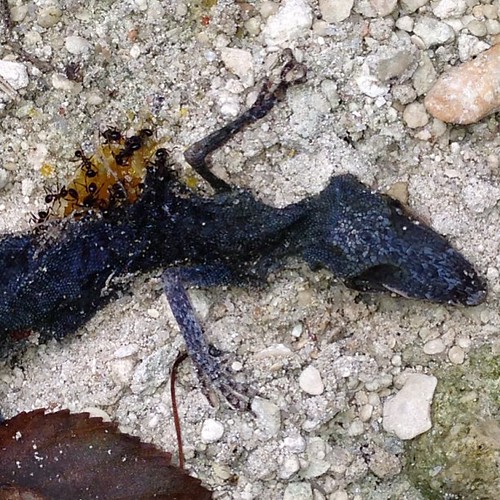
This is a perfect example of how there are so many deciding factors involved in the steps to process a dead animal. A major one being your location. I simply do not have any of the ant species where I currently am that will help remove the flesh from dead animals. So that option is out for me.
Also, the first and last time I ever tried using ants to help me clean remains over 15 years ago, most of my pet snake was taken underground vertebra by vertebra and rib by rib. I even had it in a cage on top of a screen. So it ruined that whole option for me. I really like having much more control of my bone processing.
I understand though that this may work for other people. I've met people swear by it and that's great. But it isn't something that will work for everyone



1 comment:
Hi Jana,
Just wanted to chime in on the ant-hill scenario, in agreement. Last year I had been given a dead muskrat and, being very new to bone cleaning (other than just leaving stuff in the woods) I thought I would give the ant hill thing a try. I placed the muskrat on the ant hill last fall (October?) with a plastic plant pot turned over on it and staked into the ground, so no bigger critters would drag it away. I went to go check it today (should maybe have checked it wayyy sooner) and there was absolutely no evidence of muskrat whatsoever! The pot hadn't been disturbed. It's a mystery. There wasnt a tooth or fur or anything. Just ants. I was definitely not expecting that! Anyway, it's not something I'd bother doing again. Cheers!
Post a Comment